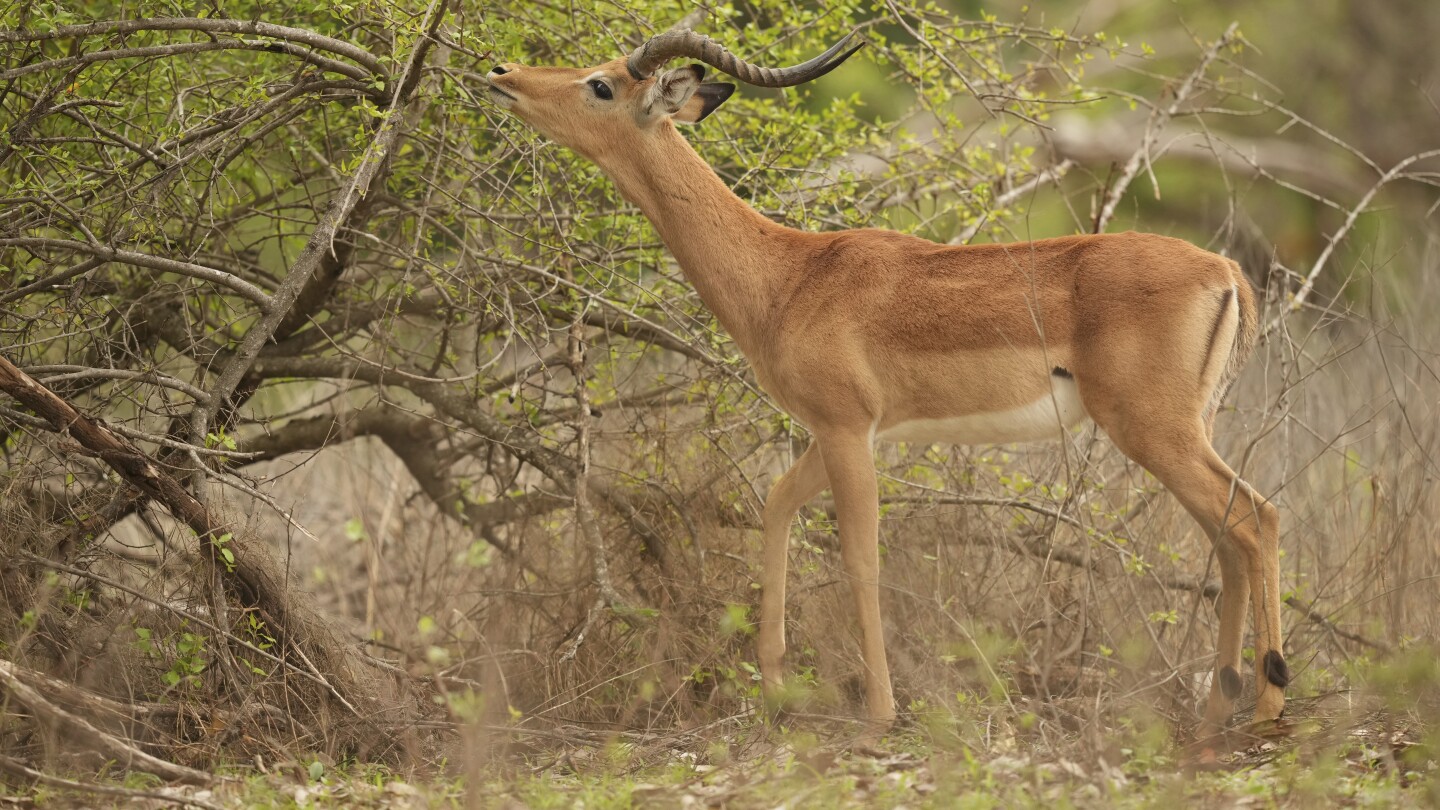This is the best summary I could come up with:
Around 140 volunteers slept in shifts through the 24-hour exercise, which is a valuable indicator of the status of the southern African nation’s wildlife resources during a worrying regional drought.
Multiple studies show that extreme weather events are leading to the loss of plants and animals, which struggle to cope with longer dry spells and hotter temperatures.
Their report, published in late October in the journal Nature Communications, cited a combination of heat, drought and population density as likely contributing factors for an outbreak of a blood-poisoning bacterial infection that killed 35 elephants during the dry season in Hwange National Park in western Zimbabwe in 2020.
Zimbabwe and Botswana over the decades have built large herds of elephants that far exceed the capacity of some parks, and both countries now say the effects of that overpopulation are worsened by resource depletion caused by climate change.
Many people living close to national parks, forests or mountains were already struggling to put food on the table due to depressed economic conditions.
Farawo said the parks agency received about 4,000 distress calls from communities battling hyenas, lions, elephants and baboons in 2022, and the human-animal conflict has been rising over the last five years.
The original article contains 979 words, the summary contains 201 words. Saved 79%. I’m a bot and I’m open source!



